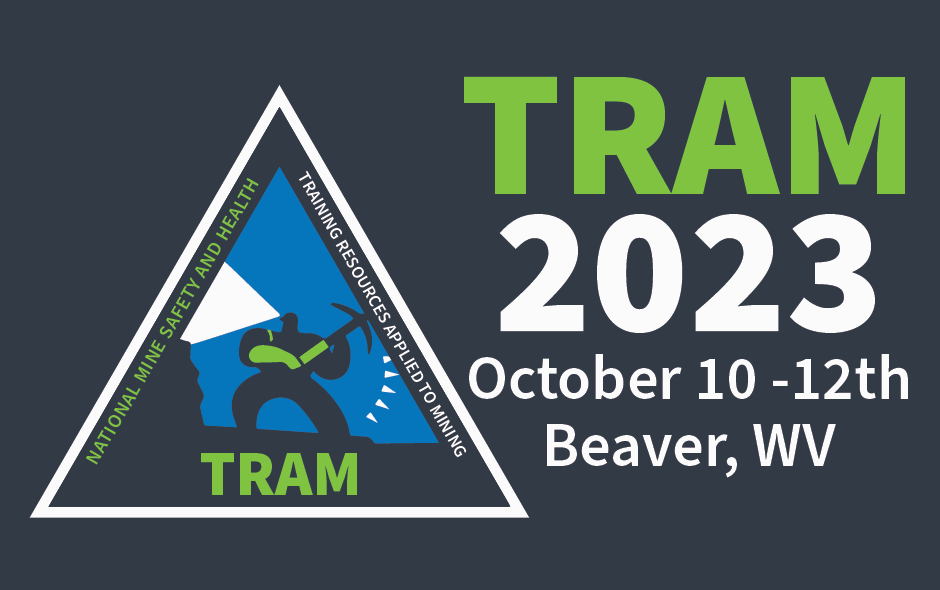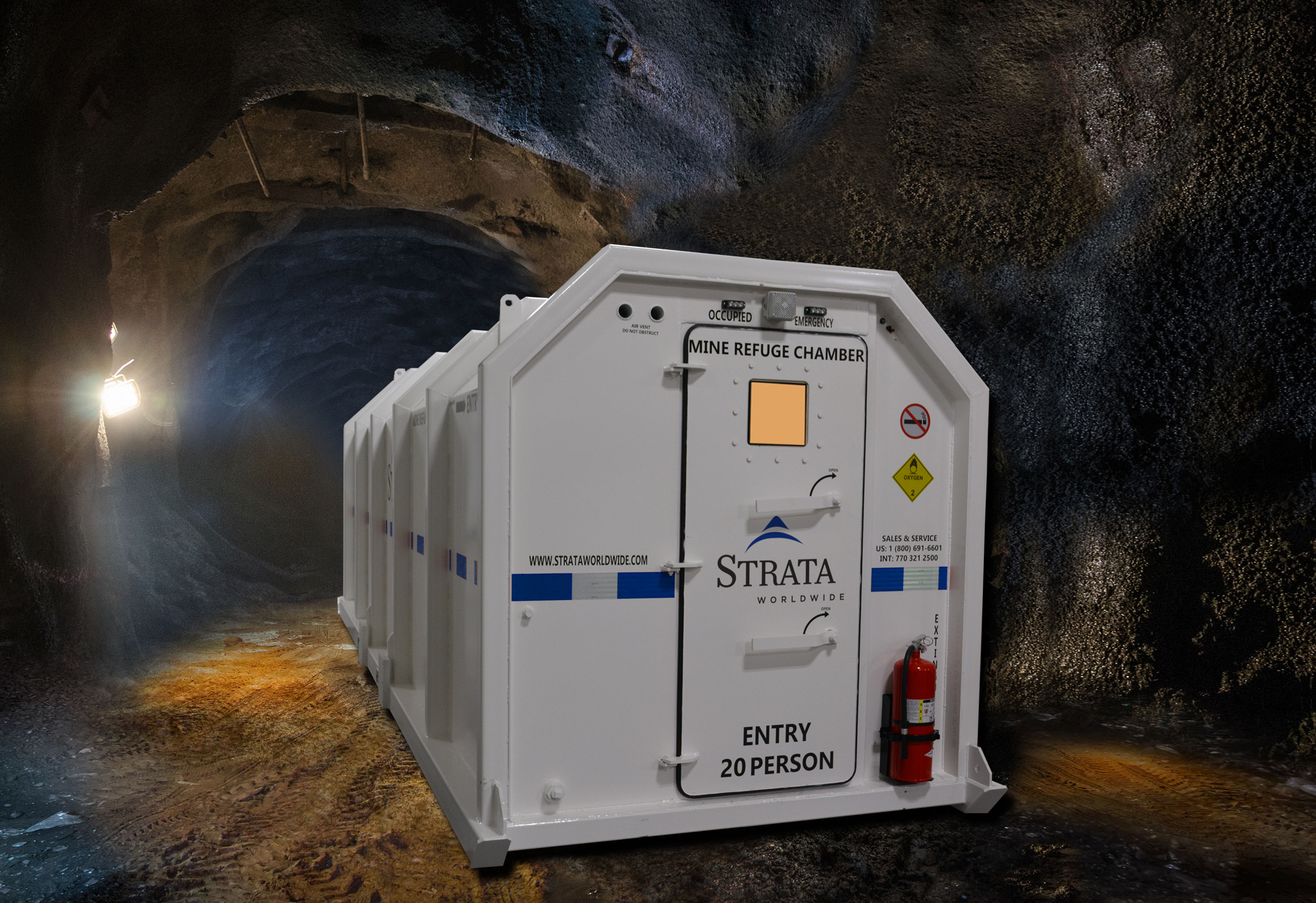MSHA reported that on Dec. 14, 2023, a contractor at Beck Street, Salt Lake, Utah, died while delivering parts to the mine when an all-terrain telehandler pulling cable tipped over, striking him. This is the 40th and final fatality reported in 2023, and the 16th classified as “Machinery.” MSHA recommends the following best practices to avoid this type of accident:
Read MoreTag: mine safety
Two dead in coal prep plant collapse
An abandoned building collapsed at the Martin Mine Prep Plant in eastern Kentucky on October 31, leaving two people dead, reported the Associated Press. The building was undergoing work toward its demolition at the time of the accident.
Read MoreLeaders in mine safety and technology honored by NMA, federal agencies
In a ceremony in Washington, D.C., the National Mining Association (NMA), the U.S. National Institute of Occupational Safety and Health (NIOSH) and the U.S. Office of Surface Mining Reclamation and Enforcement (OSMRE) honored outstanding achievements in mine safety, technology and reclamation. The NMA’s Sentinels of Safety Award recognizes coal and mineral mining operations in 10 categories for recording the most…
Read MoreMSHA to host annual TRAM Conference
The U.S. Department of Labor’s Mine Safety and Health Administration (MSHA) is holding its annual Training Resources Applied to Mining (TRAM) conference in Beaver, W.Va., from October 10-12.
Read MoreGrants awarded to bolster mine safety
The U.S. Department of Labor has awarded $1 million in grants to nine organizations in seven states to support education and training initiatives that will help identify and prevent unsafe working conditions in and around the nation’s mines.
Read MoreMSHA reports 29th fatality of 2023
MSHA reported that on Aug. 24, a miner at MN Portable Wash 086 (A5567 Wash Plant), Mille Lacs County, Minn., died while preparing a wash plant for relocation. In the process of lowering the feed box into the travel position, the miner was pinned between the feed box and the handrail. This is the 29th fatality reported in 2023, and the 13th classified as “Machinery.” MSHA recommends the…
Read MoreMSHA reports 27th, 28th, 29th fatalities of 2023
MSHA reported that on August 24, a miner at MN Portable Wash 086 (A5567 Wash Plant), Mille Lacs County, Minn., died while preparing a wash plant for relocation. In the process of lowering the feed box into the travel position, the miner was pinned between the feed box and the handrail. This was the 29th fatality reported this year, and…
Read MoreMSHA July impact inspections: 288 violations
The U.S. Department of Labor announced that its Mine Safety and Health Administration (MSHA) completed impact inspections at 15 mines in 12 states in July 2023, issuing 288 violations and four safeguard notices. MSHA began impact inspections after an explosion killed 29 miners at West Virginia’s Upper Big Branch Mine in 2010. So far in 2023, MSHA’s impact inspections have…
Read MoreSAFETY WORLD VIEW: EMERGENCY REFUGE CHAMBERS
Refuge chambers may not have been part of the underground safety view as little as two decades ago, but today they are commonplace – even if the regulatory outlines for their use still vary by location. NAM talked with Strata Worldwide about the aspects of these units that are shared (and vastly different) between the U.S. and other mining regions…
Read MoreMSHA extends public comment period for silica rule
The U.S. Department of Labor said the Mine Safety and Health Administration (MSHA) will extend the public comment period from August 28 to September 11 on proposed amendments to existing federal standards related to workplace exposure of respirable crystalline silica or silica dust.
Read More



